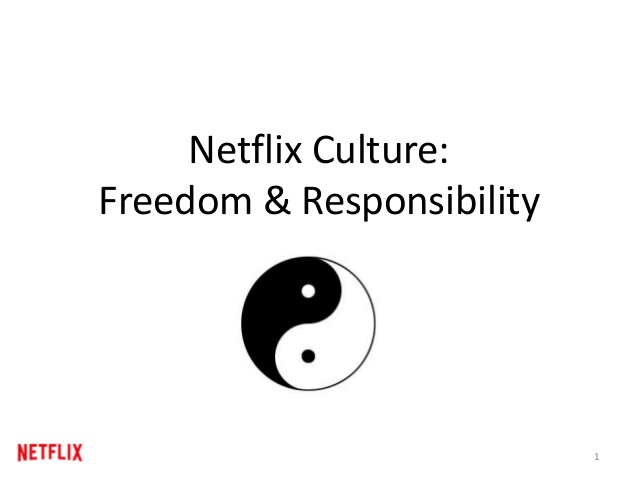When trying to kickstart culture change, leaders all too often rely on reorgs: from relatively modest changes like adding, merging, or breaking teams apart, to rethinking how the entire organization should be structured.
Despite reorgs being a favorite tool, they have a high failure rate: one McKinsey study found that 80% of reorgs failed to deliver the intended value, and 60% noticeably reduced productivity. If you’re considering restructuring your organization, read on to learn why they often fail to deliver value, and the right way to approach them.
Reorganization to me is shuffling boxes, moving boxes around. Transformation means that you’re really fundamentally changing the way the organization things, the way it responds, the way it leads. It’s a lot more than just playing with boxes. – Lou Gerstner, CEO of IBM
Why Leaders Rely on Reorgs (and Why That’s Risky)
The logic of making changes to the org chart, at least at first blush, is pretty sound:
- Org charts are the blueprints of roles, responsibilities, and reporting lines. In theory, therefore, changing the blueprint should change how the organization functions.
- Existing org charts often block necessary changes. Whether by a leader blocking progress or the structure itself preventing you from making necessary leaps (e.g., being divided into legacy product lines vs. customer segments), they can hold teams back from performing at their best.
- It seems like a relatively straightforward and painless operation. After all, since it’s most limited to what’s on paper and reporting lines, it should be simple to move folks around, like getting up and swapping desks in a classroom.

But (and you probably realized this was coming) in actuality, changing an org chart is far more complicated than it first seems:
- Organizations spend too long on design, and not enough time on change management. You get more mileage out of the wiring and plumbing of a team, so invest more time there.
- Org charts don’t match reality. An org chart might look like a comprehensive, well-defined map of the organization, but the reality—everything from who has implicit authority over whom to how work actually gets done—isn’t captured. Rather than a blueprint, org charts are often illusions of order; and a reorg may simply swap one illusion for another.
- Changes to the org chart take between 6-9 months to deliver value. Teams often must learn new skills, establish new relationships, and go through the forming and storming phases of a team before they can start performing at their best. If you’re in a competitive market, a reorg can actually slow the organization down causing it to miss critical opportunities and hemorrhage market share.
When to Reorg (Or Not)
Despite those complications and unfavorable odds, there is one legitimate and vital cause for a reorg: when the structure of the organization no longer serves its needed strategy. Strategy should determine the organization’s course of action, and require resources to be apportioned and administered in a given structure. A reorg is therefore likely due when the structure of the organization stands in the way of the organization acting strategically in its market. This might happen if:
- Existing strategies of the organization are threatened or made obsolete (due to competitors, legislation, technology, etc.) requiring new strategies and their associated roles and resources.
- The organization has grown so fast it’s added individuals or whole teams in a rushed rather than strategic, manner, and the resulting org chart is leading to confusion rather than aligned, strategic execution.
- Organizations have merged, and there’s a need to define the strategic purpose of the new entity and then shape the collective resources accordingly.
Far too much reorganization goes on all the time. Organizitis is like a spastic colon. – Peter Drucker
On the other hand, you should not reorg if you’re trying to:
- Design or compensate for a single person or role. This is often a costly and risky attempt at employee retention (or worse, ego stroking).
- Reproduce a familiar structure. Newly hired executives under pressure to reproduce the wins at their last organization will often try to implement the same structure, failing to understand the importance of context.
- Solve a process or decision-making problem. These can be solved more easily with a process improvement or meeting re-design. Changing a meeting or step in a process triggers far less loss aversion, gossip, and overall uncertainty than changing someone’s job title or reporting lines.
How to Reorg Right
If after assessing your strategy and structure, you realize it may in fact be time for a restructure:
Align on the strategy. Make sure you and other leaders are aligned on why you’re making these changes and what you hope to achieve. Specifically:
- Why are we changing now?
- What is the ultimate advantage we aim to wield in our market? (e.g. speed, cost, differentiation, etc.)
- How will we hone that advantage? Where will it come from? (e.g. suppliers, our own processes, etc.)
- What roles, resources, skills, abilities, etc. are key to that advantage?
- What’s our time horizon? How quickly do we need to change? How long do we expect a new structure or process to endure? Remember, it takes 6-9 months for reorgs to deliver value; but at the same time, there’s no such thing as a “permanent” structure.
Experiment with ways of working or process changes first. Focusing first on ways of working changes reduces risk (you may be able to solve the problem largely without a reorg), and can indicate how the org chart needs to change. We’ve seen many clients adopt this approach and realize that either they didn’t need a restructure; their initial assumptions about the new structure were incorrect; or that as a result of the process changes, the needed structure has become clear to all parties.
Don’t overcomplicate structures or fall in love with fads. As much as management books and consultants like to rebrand matrix structures every few years (Spotify’s famous “squads” and McKinsey’s new “helix”), there are only a few ways to actually organize teams. Don’t try to over-engineer a solution or expect an org chart to solve all your problems; simply pick trade offs that are aligned to your strategy and that you can live with. Then move on to designing process, rituals, and governance to balance the most severe of those tradeoffs.
Spend less time on org chart design and more time on change management. Org charts never turn out exactly how they look on paper because, well, people are involved. The emotional, intellectual, and collaborative work that occurs between individuals can never be truly accounted for in a box. Make sure you’ve spent just as much, if not more, time preparing folks to make the transition and developing new ways of working within the new structure as you have redeveloping the chart.
The End Result of a Reorg
A reorg isn’t done the day it’s announced, or even the day people “officially” move into their new roles—it’s only complete when value is being generated by the people in those boxes. If a reorg is the right choice for your organization, don’t fall into that 80%: make sure you’ve dedicated sufficient time and resources to see it succeed.











